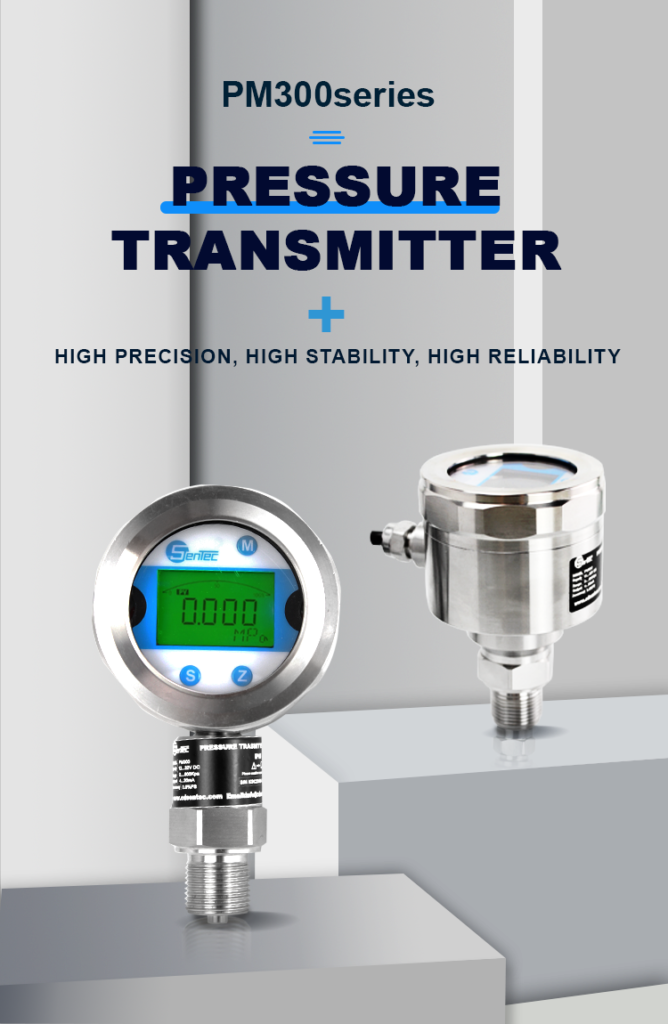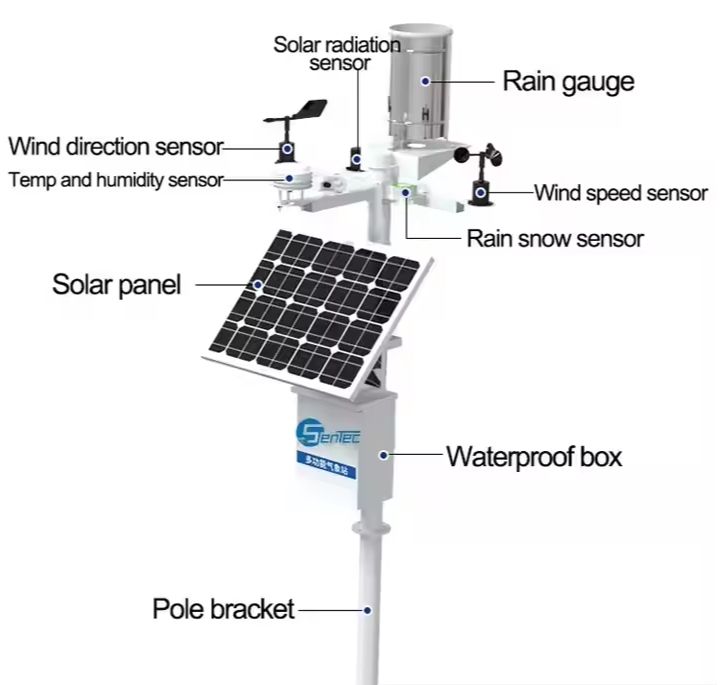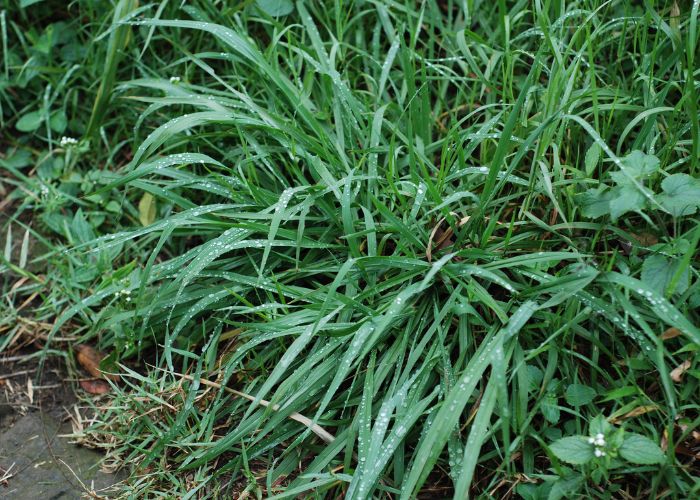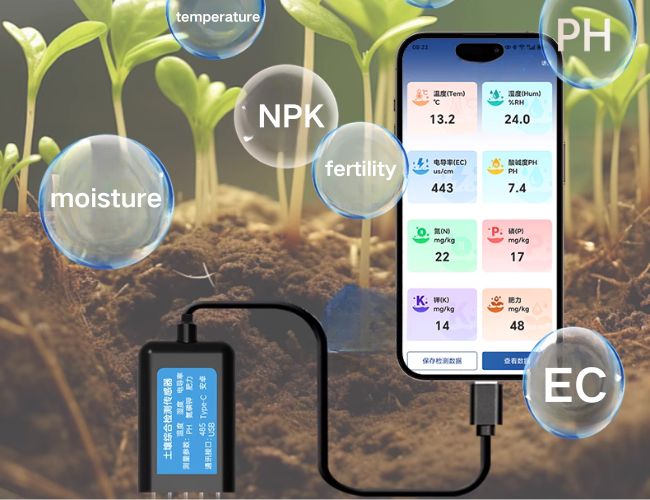Introduction
In industrial settings, precise pressure measurement is critical to maintaining safe and efficient operations. Two common devices used for this purpose are manometer gauges and pressure sensors. Both are essential tools, but they differ in their principles of operation, accuracy, reliability, and cost, making it important to choose the right device for your specific needs. This article compares these two technologies, providing engineers and purchasing managers with the information needed to make informed decisions.

Measurement Principles
Manometer Gauges
Manometer gauges are traditional devices used to measure pressure. They operate based on the principle of liquid displacement within a U-shaped tube. The pressure applied to one end of the tube causes the liquid (commonly mercury or water) to move, and the difference in liquid levels corresponds to the pressure. Gas manometers are a specific type of manometer designed for measuring gas pressures.
Pressure Sensors
Pressure sensors, on the other hand, are modern devices that convert pressure into an electrical signal. These sensors come in various types, including digital manometers, piezoelectric sensors, capacitive sensors, and strain gauge sensors. Each type operates differently:
- Piezoelectric sensors generate an electric charge when pressure is applied.
- Capacitive sensors detect changes in capacitance due to pressure-induced diaphragm deformation.
- Strain gauge sensors measure the change in resistance caused by the deformation of a material under pressure.
These sensors provide real-time data and are often integrated into automated systems for continuous monitoring.
Accuracy and Precision
Manometer Gauges
Manometers are relatively simple and generally offer moderate accuracy. The accuracy of a manometer is influenced by factors such as the type of liquid used, temperature fluctuations, and the readability of the scale. Typically, manometers achieve an accuracy range of 0.1% to 0.5% of the full scale, which is sufficient for low- to medium-precision applications.
Pressure Sensors
Pressure sensors typically offer higher accuracy and precision compared to manometer gauges. High-quality pressure sensors can achieve accuracy as fine as 0.05% of the full scale. These sensors are less affected by environmental conditions and often include compensation mechanisms to maintain accuracy in varying temperatures and pressures, making them suitable for high-precision industrial applications.
Reliability and Durability
Manometer Gauges
Manometers are durable and reliable due to their simple construction with few moving parts. However, they can be vulnerable to harsh environmental conditions. The liquid in a manometer can evaporate, freeze, or become contaminated, which affects its reliability. Manometers are also not ideal for measuring very high pressures or environments with rapid pressure fluctuations.
Pressure Sensors
Pressure sensors are designed to be highly durable and reliable in a wide range of industrial environments. They are typically housed in robust casings that protect them from physical damage and environmental factors such as moisture, dust, and corrosive substances. While they are more complex than manometers, modern pressure sensors are built for long-term reliability, often requiring little to no maintenance over their lifespan. However, their electronic components may be susceptible to electrical interference if not properly installed.
Cost Considerations
Manometer Gauges
Manometers are generally more affordable than pressure sensors, both in terms of initial purchase and maintenance. Their simplicity means that they require minimal upkeep and can often be recalibrated and reused for long periods. However, in applications requiring high accuracy or durability, the cost-effectiveness of manometers may diminish.
Pressure Sensors
Pressure sensors, particularly high-precision or specialized models, tend to have a higher upfront cost. However, their ability to provide accurate, real-time data and their low maintenance requirements can lead to significant long-term savings. For demanding industrial applications where precise pressure monitoring is essential, the investment in pressure sensors is often justified by the operational efficiencies they enable.
Use Cases
Manometer Gauges
Manometers are ideal for:
- Low-precision applications: Such as monitoring pressure in HVAC systems or low-pressure gas lines.
- Static pressure environments: Where pressure does not fluctuate rapidly.
- Cost-sensitive projects: Where the budget does not allow for more expensive pressure measurement solutions.
Pressure Sensors
Pressure sensors are preferred for:
- High-precision applications: Including laboratory research, aerospace engineering, and advanced manufacturing processes.
- Dynamic pressure environments: Where pressure changes rapidly and continuous monitoring is necessary.
- Harsh industrial conditions: Such as in the oil and gas industry, chemical processing plants, and automotive testing facilities, where sensors must withstand extreme conditions.
Conclusion
Both manometer gauges and pressure sensors have their place in industrial settings, and the choice between them depends on the specific requirements of the application. Manometers, including digital manometers and gas manometers, are cost-effective and reliable for low-precision, static pressure measurements. In contrast, pressure sensors offer superior accuracy, reliability, and real-time data monitoring, making them ideal for high-precision and dynamic environments.
When selecting between these devices, engineers and purchasing managers should consider factors such as accuracy, environmental conditions, and long-term cost implications to make the best choice for their industrial needs.
For more information on pressure sensors, including a wide range of products, visit this link.
References
- Doebelin, E. O., & Manik, D. N. (2007). Measurement Systems: Application and Design.
A comprehensive textbook covering the principles of measurement systems, including manometers and pressure sensors.
Link to resource - Bentley, J. P. (2005). Principles of Measurement Systems (4th ed.).
This book provides detailed insights into the accuracy, precision, and environmental effects on measurement systems.
Link to resource - Fraden, J. (2010). Handbook of Modern Sensors (4th ed.).
Covers various types of sensors, including pressure sensors, and discusses cost and operational considerations.
Link to resource - Pallas-Areny, R., & Webster, J. G. (2001). Sensors and Signal Conditioning (2nd ed.).
Provides information on the reliability and durability of different types of sensors, including pressure sensors.
Link to resource - Lipták, B. G. (2016). Instrument Engineers’ Handbook: Process Measurement and Analysis (5th ed.).
A comprehensive guide with detailed use cases for various measurement instruments, including manometers and pressure sensors.
Link to resource - Bolton, W. (2004). Instrumentation and Control Systems.
This book discusses accuracy and precision of pressure measurement devices and compares manometers and pressure sensors.
Link to resource
These references provide further reading on manometer gauges, pressure sensors, and their industrial applications.




